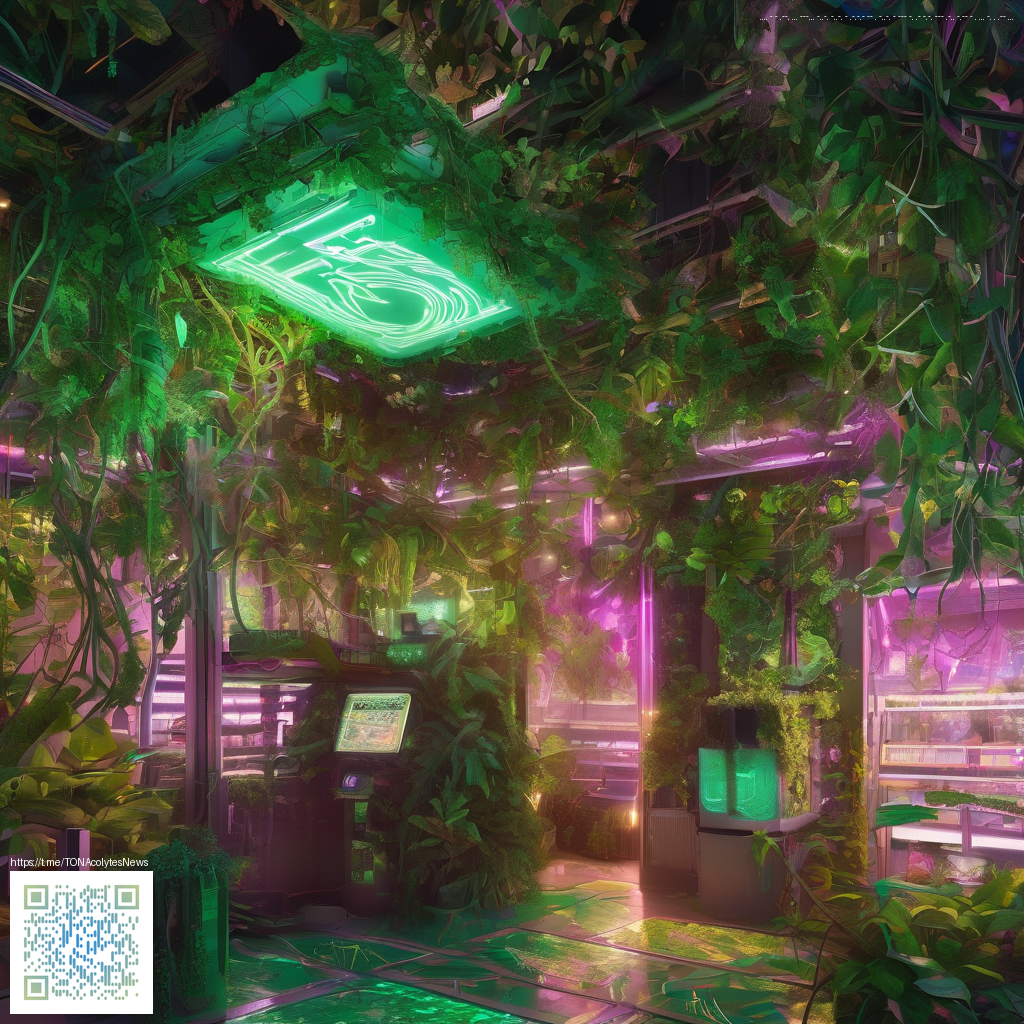
Textures that Elevate Digital Paper Art
Texture is more than a visual detail in digital paper art—it’s the tactile memory you invite viewers to feel. The best textures simulate the weight of old stationery, the delicate grain of handmade paper, or the subtle sheen of a watercolor wash. When you layer textures thoughtfully, your work gains depth, warmth, and presence, even on a flat screen. The goal isn’t to overwhelm the design, but to give it a convincing sense of place.
As you curate your texture library, think in terms of practical versatility. The following categories form a solid foundation for any digital paper artist aiming for depth without sacrificing readability or cohesion across compositions.
Core textures you should collect
- Grain and fiber textures—paper fibers, cotton rag, or newsprint grain create authentic underlayers that feel tactile.
- Watercolor washes and ink textures—soft blends and granulation bring painterly life to digital work.
- Translucent overlays—glassy or vellum-like surfaces that simulate transparency and light diffusion.
- Dry brush and scratch textures—subtle marks that add character to edges and highlights.
- Halftones and noise—periodic dots and speckles to mimic print, aged photographs, or grain.
- Fabric textures—linen, canvas, or burlap introduce warmth and organic rhythm.
- Crinkles, folds, and creases—gestural forms that imply origami, packaging, or wear-and-tear.
- Color-shifting overlays—tints that shift mood without overpowering the artwork.
Texture is a language of light and touch. When you layer the right surfaces, your digital piece stops being flat and starts telling a story.
To make textures feel cohesive, pair them with balanced color palettes and consider how light interacts with each surface. A texture can behave very differently depending on the blend mode—Overlay, Soft Light, or Multiply—and the masking you apply. Start with a small, well-curated set and learn how each texture responds to color, opacity, and composition.
Practical tips for applying textures
Non-destructive workflows win long-term. Keep texture layers in a dedicated group with adjustable opacity, experiment with blend modes, and use masks to reveal texture gradually. This approach preserves edges and keeps the texture from overpowering the subject.
- Begin with a base texture at 5–20% opacity and build depth gradually.
- Combine warm textures with cool light to create contrast and avoid a flat look.
- Organize textures by use-case: background, mid-ground, and detail elements.
- Rotate and flip textures to generate fresh variations—small changes yield big impact.
For a tangible reference to translucent and durable surface textures, see this product page: Clear Silicone Phone Case — Slim, Durable, Open Port Design. It demonstrates how light interacts with a near-invisible surface—helpful for imagining gloss, sheen, and transparency when you craft digital overlays.
Another curated resource that explores experimental textures and overlays can be helpful during the ideation phase: https://z-donate.zero-static.xyz/874c641b.html.